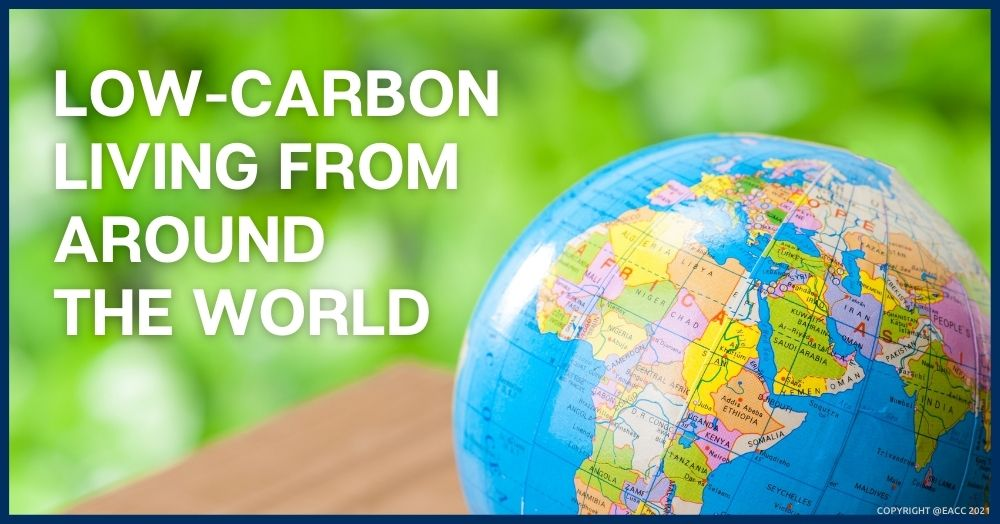

Get in touch with us
This week’s property update looks at the latest £-per-square-foot trends, offering a snapshot of how the market is moving. While small shifts may not signal price changes, they reveal the evolving mix of homes for sale and provide valuable insight into overall market health and momentum.
As 2025 draws to a close, this report examines how the UK and Attleborough property markets have performed and what may lie ahead in 2026. By comparing listings, sales, and prices with previous years, it reveals a market driven more by activity and confidence than by rising house prices.
This map reveals how homes in Attleborough are owned, from mortgage-free households to rented areas. These patterns matter because ownership shapes how and why people move, whether driven by lifestyle choices, long-term roots, or changing life stages, offering valuable insight into the local property landscape.
Charming Grade II Listed Farmhouse: Four Bedrooms, Aga Kitchen & Gardens on 2.4 Acres of Countryside
Set amid 2.4 acres of tranquil countryside, this Grade II listed former farmhouse beautifully blends period charm with modern comfort. Featuring four bedrooms, a bespoke farmhouse kitchen with an electric Aga, elegant reception rooms, and landscaped gardens with outbuildings, it offers timeless rural living at its finest.